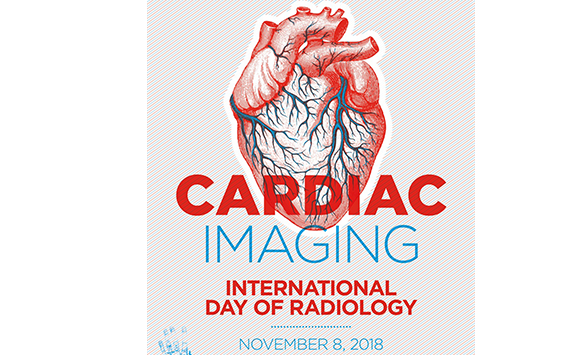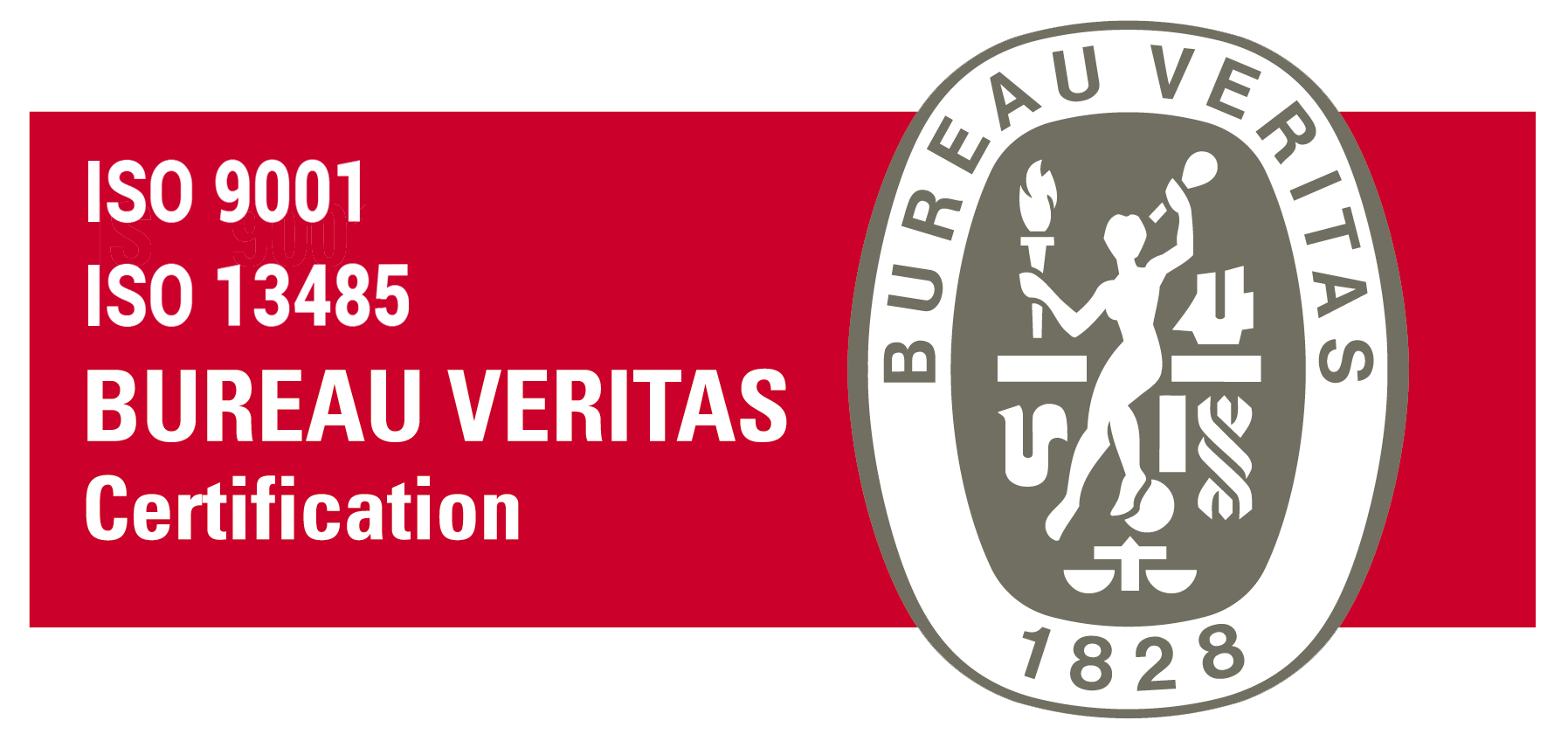Blog
The International Day of Radiology (IDOR2018) celebrates this year cardiac imaging
Written by : Karen Frangie - 07/11/18 - In Blog
On 8 November, radiologists and radiographers from around the world will once again celebrate the International Day of Radiology (#IDOR2018), with this year’s focus on cardiac imaging. Since its inauguration in 2012, the IDOR has been raising awareness of the importance of the roles of radiologists and imaging professionals throughout the patient care journey. This year’s IDOR marks the 123rd anniversary of Wilhelm Röntgen’s discovery of X-rays and celebrates recent advances in medical imaging.
Theme in the spotlight in 2018: cardiac imaging
Cardiac Imaging was chosen as the main theme to highlight the essential role that healthcare professionals play in the detection, diagnosis and management of cardiac diseases, increasing the quality of care and treatment provided to patients. Numerous national radiological societies and radiological sub-specialty societies are invited to participate in this awareness day. For 2018, the European Society of Radiology (ESR) is collaborating with the European Society of Cardiovascular Radiology (ESCR). Many of these societies will organize their own activities, such as exhibitions, press conferences, open houses, etc. The French Society of Radiology (SFR) highlights the increasingly important role of cardiac radiologists defined as being real “experts in charge” who “supervise or perform imaging examinations, using technology such as computed tomography (CT) and magnetic resonance imaging (MRI), and then interpret the resulting images to diagnose and monitor a wide range of diseases of the heart.”
The contribution of the DACS Radiation Dose Monitor (RDM) solution in cardiological scientific studies
Several healthcare professionals from the University Hospital of Reims have used the RDM patient dose management solution for cardiological studies. In fact, the cardiology and radiation protection departments worked closely together to collect, through RDM, useful data such as doses received during interventional cardiology procedures. These data have been invaluable for publishing articles in prestigious international cardiology journals. Below are the scientific publications of the University Hospital of Reims, which used the RDM solution:
1. Reduction in exposure of interventional cardiologists to ionising radiation over a 10-year period : https://www.ncbi.nlm.nih.gov/pubmed/29496296
2. Minimizing exposure to radiation in invasive cardiology using modern dose-reduction technology: Evaluation of the real-life effects:https://www.ncbi.nlm.nih.gov/pubmed/29496296
3. Trends in Patient Exposure to Radiation in Percutaneous Coronary Interventions Over a 10-Year Period: https://www.ncbi.nlm.nih.gov/pubmed/28739037
For more information, visit: www.internationaldayofradiology.com
Posters have been created in several different languages on the occasion of the IDOR2018. The poster in English is shown below. Click here for more posters.

 Download PDF
Download PDF
